I want to create some xkcd plots with a grid in the background. Like this example, but when the plt.xkcd() the grids don't appear in the plot.
from matplotlib import pyplot as plt
import numpy as np
plt.xkcd()
fig = plt.figure()
ax = fig.add_subplot(1, 1, 1)
ax.spines['right'].set_color('none')
ax.spines['top'].set_color('none')
plt.xticks([])
plt.yticks([])
ax.set_ylim([-30, 10])
plt.grid()
data = np.ones(100)
data[70:] -= np.arange(30)
plt.annotate(
'THE DAY I REALIZED\nI COULD COOK BACON\nWHENEVER I WANTED',
xy=(70, 1), arrowprops=dict(arrowstyle='->'), xytext=(15, -10))
plt.plot(data)
plt.xlabel('time')
plt.ylabel('my overall health')
plt.show()
In the case of plots done with mplot3d the grid is "working", as can be seen in this example. Although, the grid seems to be perfect. How can I create the grids?


